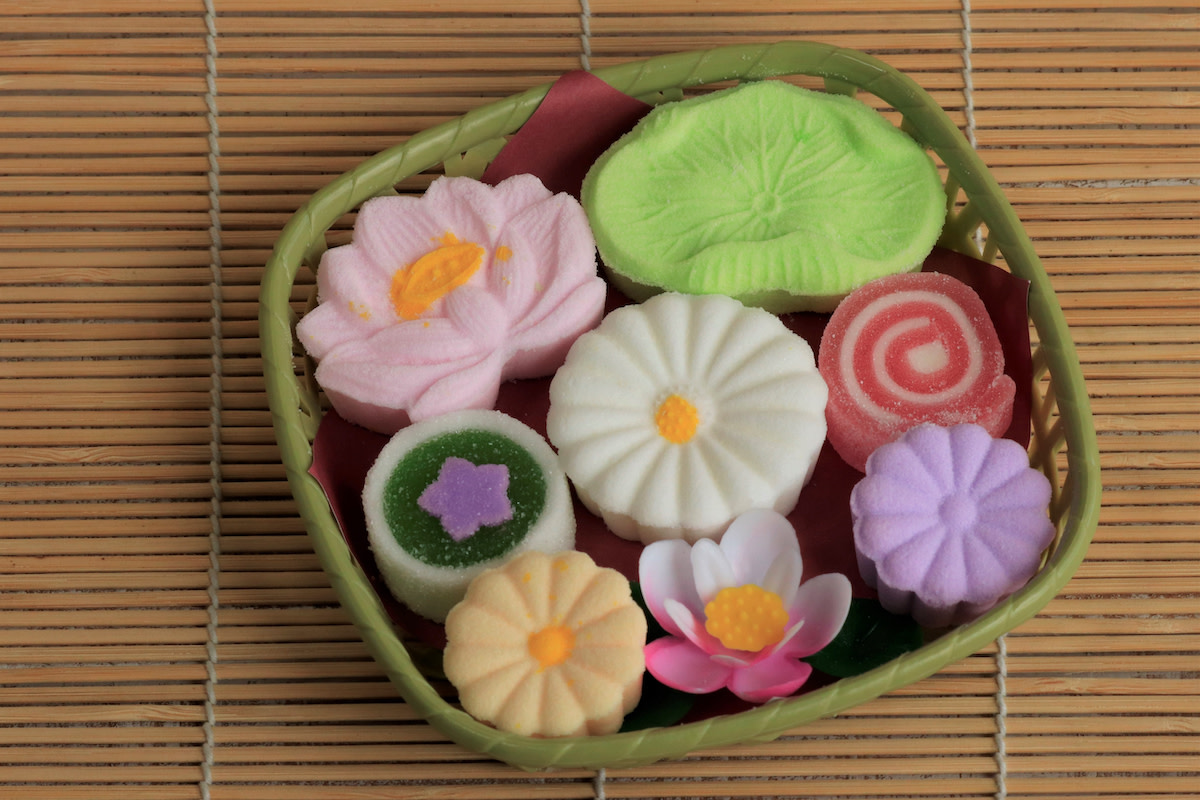Rakugan: Explore the Origin and Production of Rakugan
Written by MasterClass
Last updated: Jan 26, 2022 • 2 min read
Rakugan is a popular Japanese confectionery made of a starch and sugar mixture pressed and shaped in traditional wooden molds. Enjoy these sugar sweets as part of a traditional Japanese tea ceremony.
Learn From the Best
What Is Rakugan?
Rakugan is a Japanese sweet made of sugar and rice flour (or bean starch) and molded into intricate, hard candies. Traditionally served during tea ceremonies, rakugan is a type of Higashi, which refers to dry sweets that contain less than ten percent water. Higashi is a subcategory of wagashi, which are traditional Japanese sweets that come in various shapes and often feature intricate decorations that reflect the season.
In Japan, people enjoy these treats on special occasions and holidays or incorporate them into religious offerings at Buddhist temples or home altars called “butsudan.” Many regional specialty shops—especially in Kanazawa, the Japanese city where the sweet originated—sell this sweet as a local souvenir.
What Is the Origin of Rakugan?
Rakugan dates back to the 1600s during the long reign of the Maeda family. These “daimyō” (or feudal lords) presided over Japan’s Kaga province (now in the Ishikawa Prefecture) during the entirety of the Edo period (which lasted from the early seventeenth to the mid-nineteenth centuries). During this time, the Japanese city of Kanazawa became one of the top producers of confectionery.
Historians credit the Maeda family with establishing a robust tea culture in Kanazawa, causing many local confectionaries to crop up and develop sweet snacks to enjoy with bitter tea. In 1625, local confectioner Morishitaya Hachizaemon developed the first type of rakugan.
“Chōseiden,” which confectioners still make today, is a type of square-shaped rakugan made out of “wasanbon” (a fine, high-quality sugar derived from sugar cane) bearing a simple embellishment of three Japanese characters.
What Does Rakugan Taste Like?
Rakugan has a pure sugar flavor, similar to golden-brown raw sugar. This sweet has a melt-in-your-mouth texture, like regular sugar cubes.
How Is Rakugan Made?
Here’s a breakdown of the rakugan-making process:
- Making the paste: The first step in making rakugan involves forming a powdery paste of glutinous rice flour (sticky-rice flour made by steaming rice flour), fine sugar, and water.
- Adding decorative elements: After making the paste, rakugan makers may add food coloring as a decorative ingredient to change the appearance of the treats.
- Molding the sweet: During this step, confectioners press the paste into “kashigata,” or traditional wooden molds.
- Finishing with a mallet: Next, confectioners scrape the excess powder and pound the mold with a mallet.
- Unmolding the finished sweet: Finally, the candies come out of the mold and dry in the shade.
Want to Learn More About Cooking?
Become a better chef with the MasterClass Annual Membership. Gain access to exclusive video lessons taught by the world’s best, including Niki Nakayama, Gabriela Cámara, Chef Thomas Keller, Yotam Ottolenghi, Dominique Ansel, Gordon Ramsay, Alice Waters, and more.
